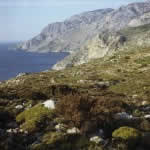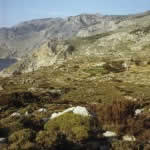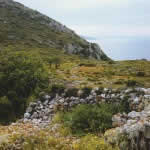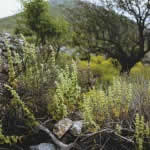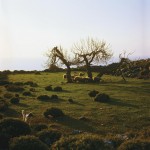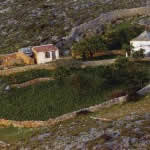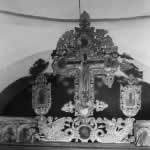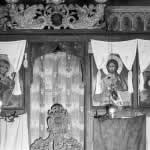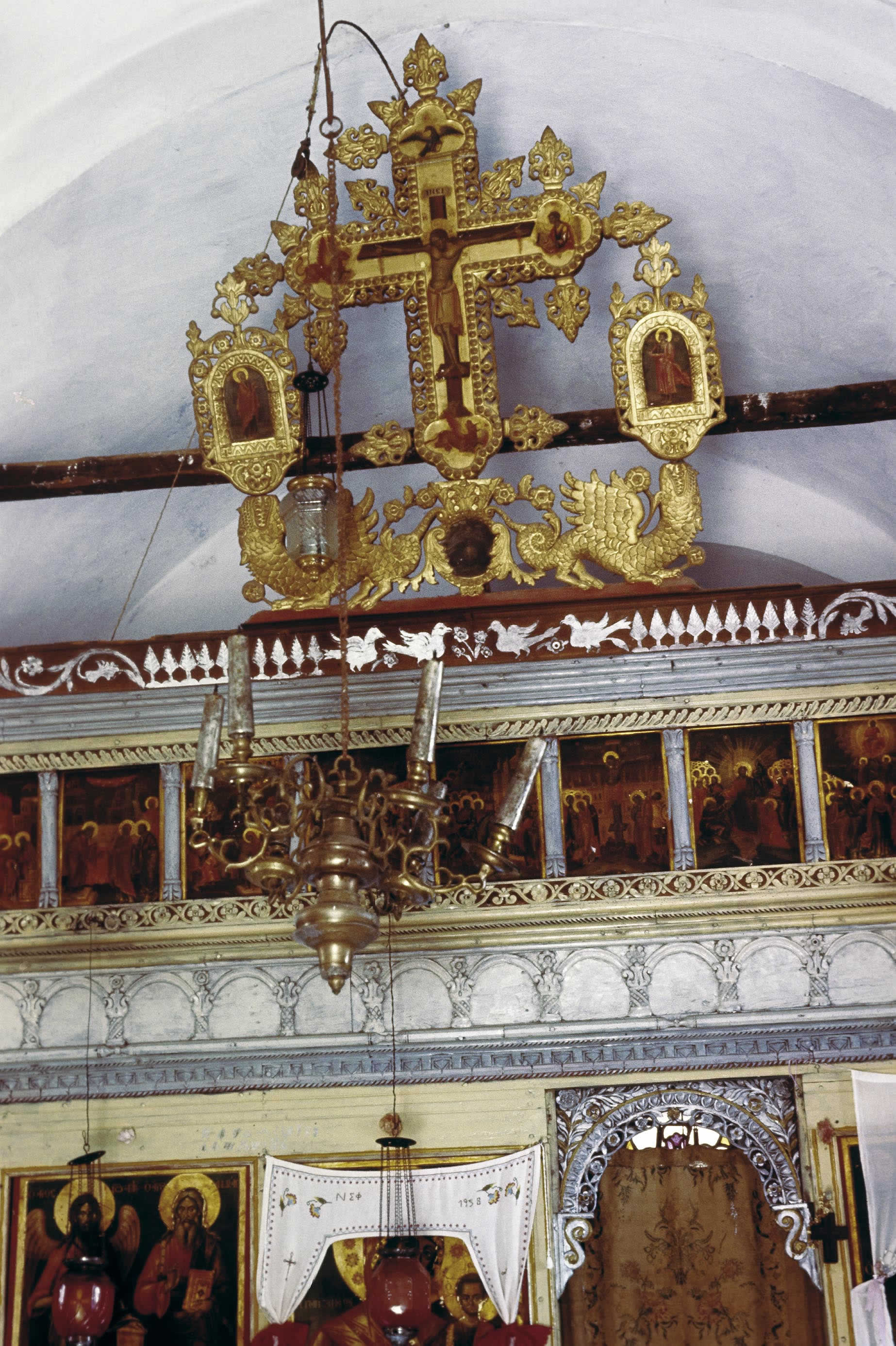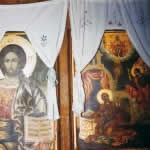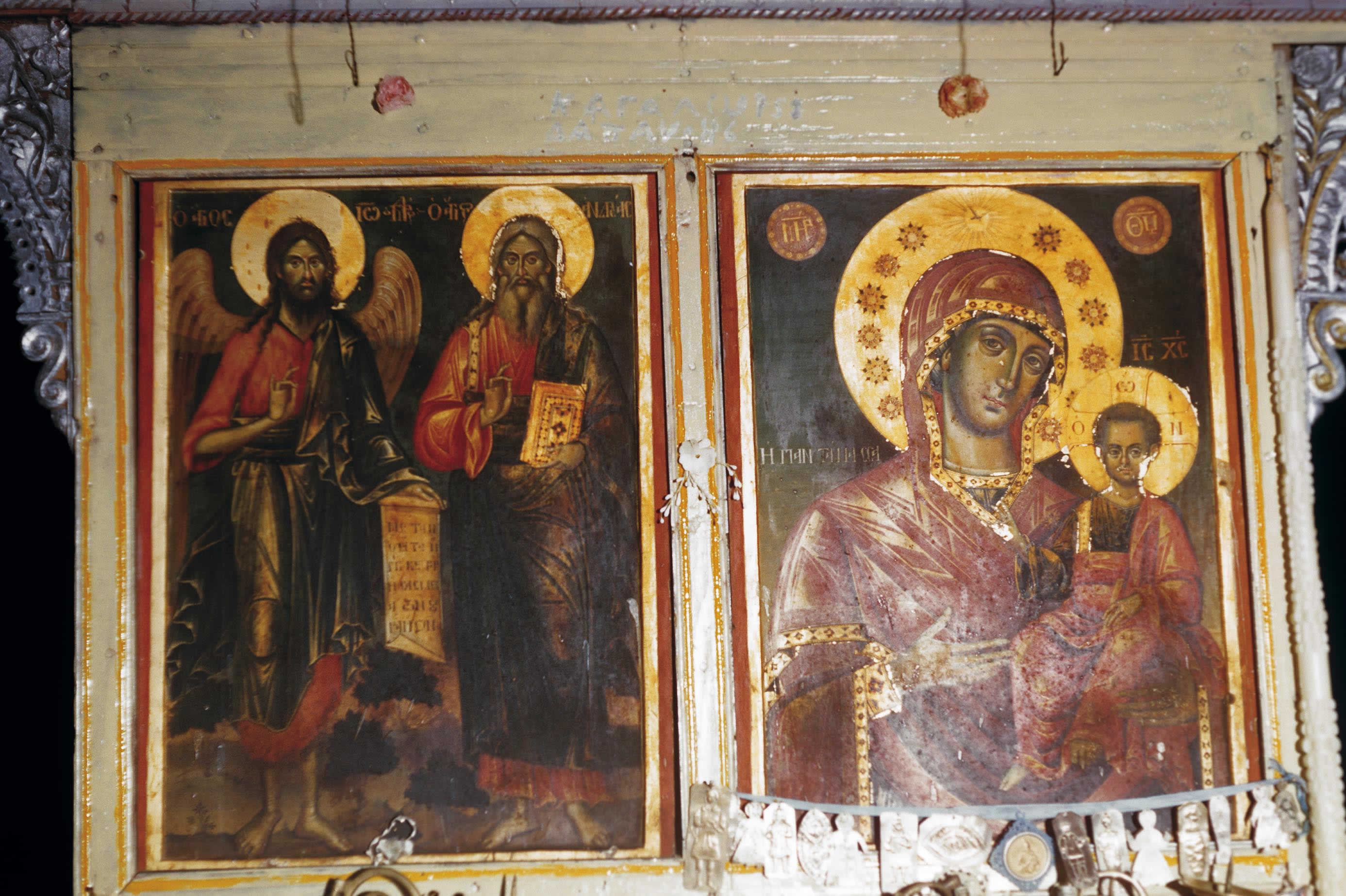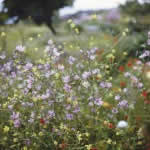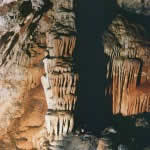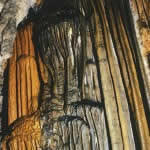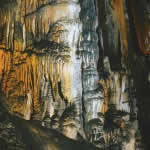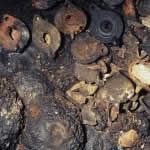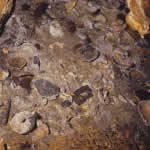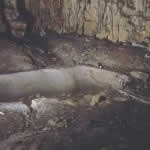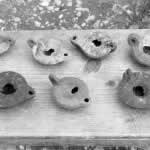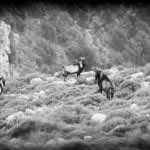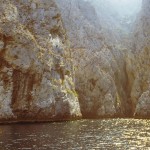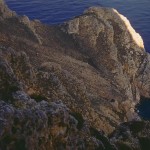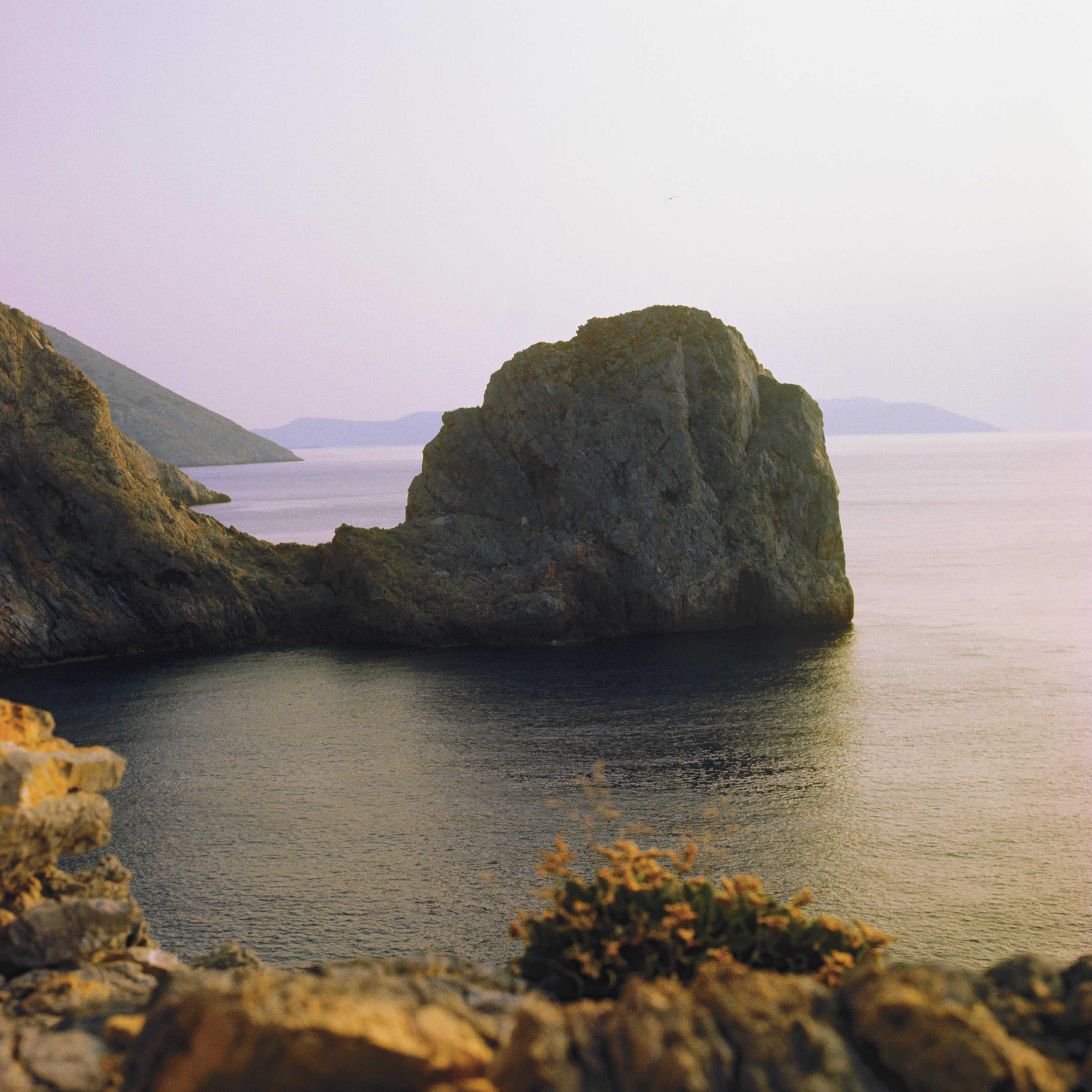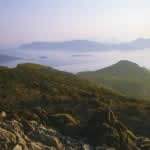Gioura Island presents a rugged mountain wilderness from sea-level to 800 meters altitude. Human habitation always must have been confined to some plain stretches of land with clay soil. Steep lime-stone ridges surround these earlier cultivated areas like natural fortifications.
One has to consider changes in sea-level of up to 85 meters below recent marks.
Excavations starting in 1992 in the so called Kyklops Cave, have revealed a very early occupation, at least dating back ten millenia, to the Mesolithic era.
The cave’s large entrance is located well above the recent sea-level. It extends downwards to a large hall with very impressive stalactites and stalagmites. On its bottom, in the lowest layers excavated, many fish-hooks made of bone have been discovered. As well as plenty remnants of fish. So it can be assumed that the first inhabitants which have left their traces behind, had been skilled fishermen!
Why was that aspect never propagated in view of the Alonnisos coastal fishermen continuing this tradition!
I wish to add that pockets of „Ichthyophagi“ – fish-eaters – settled in prehistoric times also in small marine coves along the Arabian Peninsula (e.g. in the Sultanate of Oman) – a comparable, well studied pattern of civilization.
We cannot establish yet any wider evidence of the earliest Gioura inhabitants. Why Gioura should „never had permanent residents“, as stated in an archaeological report, is difficult to understand and cannot be accepted like that. Equally the statement that the bones discovered in the lowest layer(s) originate from goats and not from any other ruminant species (e.g. sheep) is doubtful, because it is rather impossible to made such distinction of species on the basis of just a few bones.
More conspicuous as compared with the tools of bone and stone are Roman oil-lamps that littered the floor of the cave at the time of my first visits in 1957 and 1958 (cf. photographs above). At my second visit I handed over 7 intact lamps to warden Jorgos. I am wondering what has happened to them…
Evidently, these lamps were used to illuminate the cave constantly; one can see the blackish coat of soot that covers the cave floor and the stalactites. Only when this illumination was discontinued, the still growing columns of lime retained their natural orange colour again (cf. photographs above). Some fragments of lamps became cemented by sinter lime to their rock base.
At the bottom of the cave a basin built of clay with several channel extensions existed at the time of my visits (cf. photograph). This basin was likely built to collect water dripping from the ceiling (stalactites). Has it been preserved in the course of the excavations? It can be assumed that the oil lamps illuminated the way down to this permanent source of fresh drinking water.
The history of goats on Gioura requires some additional comments: I have dealt with the breed that now roams and devours the island, in my article Gioura, Northern Sporades – ancient goat breed: It is a domestic breed that became feral. Which human population imported the goat we only can guess, it could have been monks or Roman settlers. Certainly it is not a wild species. The „goat“-bones excavated on the cave’s floor have been dated back to the 8th millenium BC, with blooming conclusions about how and when the domestic goat was brought to Greece. For none of these hypotheses any proof exists, neither for the species identification, nor for the timing: in the soft clay of the cave’s bottom (constantly dripping water), people or domestic animals may have shifted the bones to deeper layers by simply stepping on them. I am also wondering how the dating was obtained. I should add that goats retreat deeply into caves when they feel ill and ready to die. So goat bones and horns are characteristic remains in this and other islands‘ caves.
The name Gerontia was in use for Gioura in the classical period. We have no documentation on hand about the monastic history of the island. In his descriptive architectural study of the post – byzantine monuments of Alonnisos and the nearby islands, Dr. Alexis Alexiou of Thessaloniki has published (2007) the only available particulars. Not even a name for the church is given. (According to another source the church was dedicated to Panagia Giouritisa). The Forestry Department of Skopelos did a thorough job in stabilizing the external walls of the church by re-inforced concrete. This appears to be a pattern of wider distribution: in the famous Gorge of Samaria the Forestry Service fully embrazed the small ancient church Osia Maria by a mantle of cement and steel: a stable construction certainly – not quite adequate, though, for a national monument.
I do hesitate to conclude this article about the history of civilization on Gioura Island with this shameful incidence: When I stayed with Wilfried Weigand, my late travel companion over Easter 1958 in the house of warden Jorgos, we had to discover in the external toilet the remaining pages of an ancient manuscript from the church. It was taken from there for an obvious purpose… No rock face appears steep enough to reflect this downfall of civilization to the bottom of the pit.
